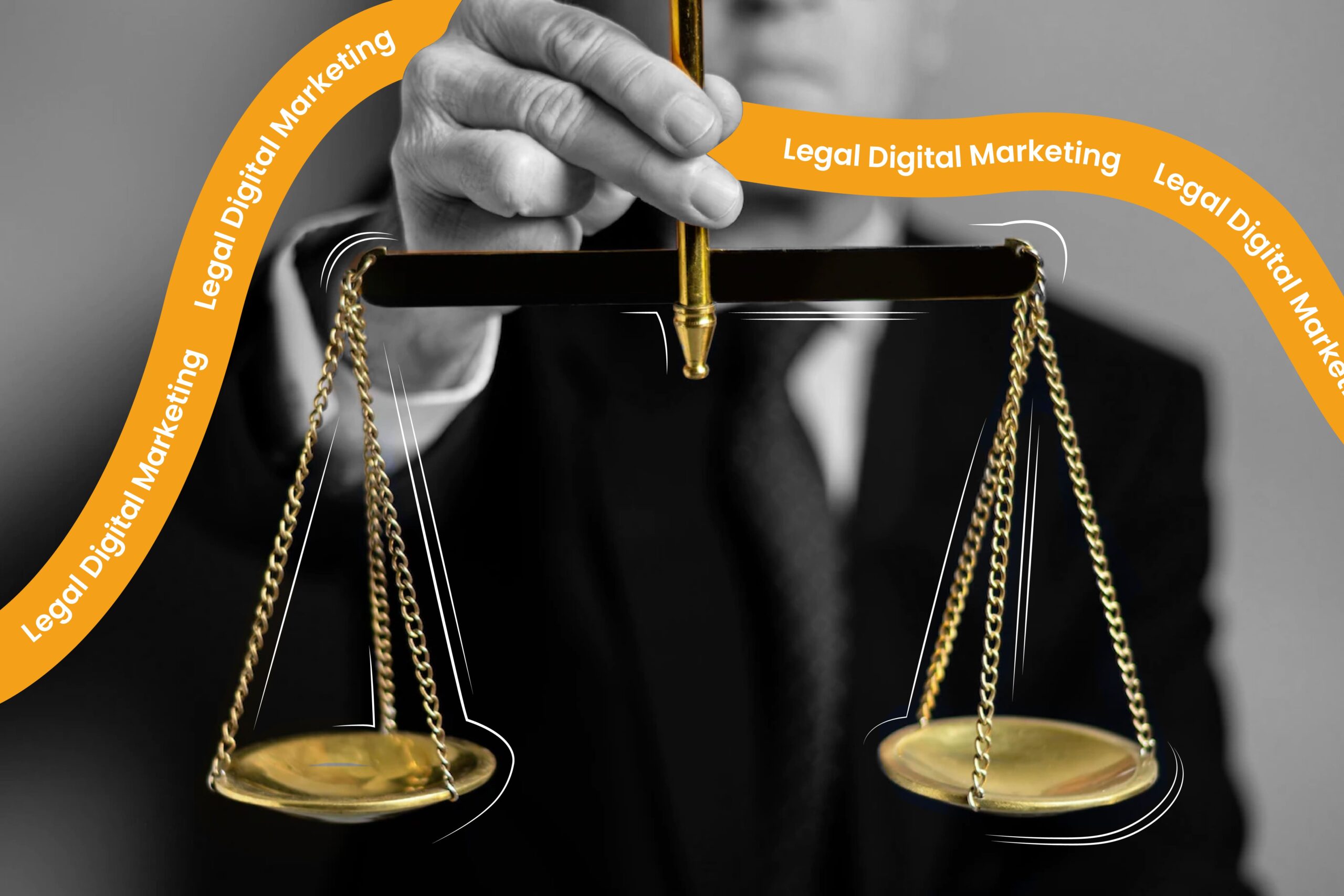Managing email marketing campaigns is time-consuming and cannot be done manually in the long run.
However, email automation can help you fill in the gaps in your communication strategy by sending highly personalized and relevant emails to your users based on specific triggers or actions.
Your customers also do not like batch and blast emails but instead would like to receive content that is targeted at them. As such, automated emails are read and clicked more than the broadcast ones, with 119% higher click-through rates.
But how does it all work out? Is it possible to use email automation to make sales?
In this guide, you will learn all about email marketing automation, get tips, and discover tools to support your marketing strategy in the long run.
What is Email Marketing Automation?
Email marketing automation strategy refers to the plan and approach implemented to leverage email automation effectively. It involves defining the goals and objectives of the email marketing campaign, identifying the target audience, creating email workflows, and implementing various automation features such as triggered emails, dynamic content, segmentation, and personalization.
The strategy focuses on delivering the right message to the right audience at the right time, nurturing leads, increasing engagement, and ultimately driving conversions and sales.
It also includes monitoring and analyzing the automation's performance to make data-driven improvements. This strategy uses software to send automated, personalized emails to customers based on predefined triggers, actions, or schedules.
Instead of manually crafting and sending individual emails, marketing automation services allow you to set up workflows that send emails automatically when certain conditions are met.
How does Email Marketing Automation Strategy work?
Email Marketing Automation Strategy utilizes software and technology to streamline and personalize the email marketing process. Here is how it typically works:
-
Define Goals and Objectives: The first step is establishing clear goals for the email marketing campaign, such as increasing conversions, improving customer retention, or driving website traffic.
-
Identify Target Audience: Next, businesses must segment their email list based on demographics, behavior, purchase history, or engagement level to send targeted and relevant content.
-
Create Automated Workflows: Automated workflows are set up to trigger specific actions based on subscriber behavior, such as welcome emails for new subscribers, abandoned cart reminders, or re-engagement emails for inactive subscribers.
-
Personalize Content: Personalization is key in email marketing automation, as it allows businesses to deliver tailored messages and offers to each subscriber based on their preferences and interactions with previous emails.
-
Monitor and Analyze: Constant monitoring and analysis of key metrics such as open rates, click-through rates, and conversion rates are crucial to measure the effectiveness of the automation strategy and make data-driven optimizations.
-
Iterate and Improve: Based on the performance data, businesses can make iterative improvements to their marketing automation workflow, test different variables, and optimize their email campaigns for better results over time.
-
Segmentation: Once you have the data, the second step is to segment the audience. This process involves categorizing your subscribers to better target them, for instance, by their interests, geographical location, or previous behavior toward your company’s products.
By implementing an effective email marketing automation strategy, businesses can save time, increase efficiency, deliver more targeted content, and ultimately drive better results from their email marketing efforts.
Tips to Build a Great Email Marketing Automation Strategy
Email marketing automation is not just about having a few automated emails in your marketing campaign. Here are five essential tips to help you get started:
1. Select the Right Marketing Automation Tool
The first step in creating a proper email marketing automation campaign is to select the proper tool. The tool you select should align with your business needs and goals. Some factors to consider include usability, compatibility, and customer support. Popular tools like HubSpot Marketing Automation and SaaS marketing automation platforms offer robust features that can cater to businesses of all sizes.
When evaluating tools, it’s also important to look for features such as:
-
Segmentation and Targeting: The ability to create targeted segments based on customer data.
-
Personalization: Tools that offer advanced personalization options.
-
Analytics and Reporting: Robust reporting features allow you to track and analyze the performance of your campaigns.
2. Segment Your Audience Effectively
One marketing automation specialist's biggest mistake is sending generic emails to their entire subscriber list. To maximize engagement and conversion rates, you must segment your audience based on specific criteria, including purchase history, browsing behavior, location, and demographic information.
For example, if you own an e-commerce store, you can segment customers who have previously bought a specific product and then email them about related products or future sales. By tailoring your messages to each segment's particular needs and interests, you'll increase the likelihood of engagement.
3. Personalize Your Emails
Personalization is not limited to using the subscriber's first name in the message. To reach your audience, you must create emails that appeal to their sensibilities. With the data you have gathered, create content that is as specific and relevant as possible. This could be in products they may have previously bought, special offers, or even content that may interest them.
Personalization improves the customer experience and boosts the effectiveness of your email marketing automation efforts and overall marketing automation strategy. Studies have shown personalized emails can lead to higher open rates, click-through rates, and conversions.
4. Focus on Mobile-Friendly Design
Since most emails are viewed on mobile devices, optimizing them for mobile use is important. A poorly designed email can create a frustrating user experience and lower engagement rates.
Follow these tips to optimize your emails for mobile:
-
Responsive Design: Use techniques to ensure your emails look great on any device.
-
Clear and Concise Content: Keep your content short and to the point. Mobile users are often on the go, so make it easy for them to digest your message quickly.
-
Clickable Call-to-Actions (CTAs): Ensure your CTAs are easily clickable on a mobile screen. Use large buttons and space them out to avoid accidental clicks.
-
Fast Loading Times: Optimize your images and reduce file sizes to ensure your emails load quickly on mobile devices.
5. Analyze and Optimize Your Campaigns
The last step in creating a successful email marketing automation strategy is continuously analyzing and optimizing your campaigns. Marketing automation is not a “set it and forget it” process. You need to regularly review your campaign performance and make adjustments as needed.
Here are a few key metrics to monitor:
-
Open Rate: The percentage of recipients who open your email.
-
Click-Through Rate (CTR): The ratio of the number of people who clicked on a link within the email to the number of people to whom the email was sent.
-
Conversion Rate: The proportion of the target audience responding to a call to action, for example, to purchase or fill out a questionnaire.
-
Bounce Rate: The number of messages sent to the recipient’s mailbox that were not delivered.
-
Unsubscribe Rate: The number of people who opt out from your list of subscribers.
Let’s break through your revenue hurdles
We find your primary growth blockers, build expert-led strategies, and provide custom data-driven solutions to help you hit your revenue goals.
What is the Best Email Automation Tool?
The answer depends on what you expect from the best email automation tool, your needs, and your objectives. Here are some of the popular tools in the market:
1. HubSpot Marketing Automation
HubSpot is one of the most popular marketing automation tools. It provides tools for email marketing, lead nurturing, and CRM. Its marketing automation services are known for their ease of use, powerful segmentation capabilities, and robust analytics.
2. ActiveCampaign
ActiveCampaign is another popular choice for businesses looking to automate their email marketing efforts. It offers advanced automation features, including conditional workflows, dynamic content, and multi-channel marketing automation. ActiveCampaign is particularly well-suited for small to mid-sized businesses.
3. Mailchimp
Mailchimp is a user-friendly email marketing platform for businesses of all sizes. It has various automation tools, such as abandoned cart emails, product recommendations, and follow-up emails after the purchase. Mailchimp’s intuitive interface makes setting up and managing automated campaigns easy.
4. Drip
Drip is an e-commerce marketing automation tool. Its strong segmentation and personalization capabilities make creating relevant campaigns that generate sales easy. Drip also supports integration with the most popular e-commerce platforms, such as Shopify and WooCommerce.
5. Brevo
Brevo (formerly Sendinblue) is a versatile email marketing solution with transactional emails, SMS marketing, and CRM capabilities. It’s a great choice for businesses looking for an all-in-one solution for their marketing needs.
Conclusion
All in all, email marketing automation is a great way to interact with your audience, increase sales, and optimize your marketing strategies. Now that we have discussed essential tips, it’s your turn to implement them and create high-performing campaigns that deliver results.
Email marketing automation is all about knowing your audience, segmenting your messages, and continually improving your campaigns. With the right approach, you’ll be well on your way to mastering email marketing automation and achieving your business goals.
At Saffron Edge, we specialize in helping businesses implement and optimize their email marketing automation strategies and overcome revenue hurdles. Contact us today to discover how we can transform your digital content strategy and drive your business forward.
Outshine Your Competition Faster
Frequently asked questions
What benefits does email marketing automation offer?
Email marketing automation offers several benefits: increased efficiency, improved customer engagement, higher conversion rates, and better-targeted campaigns. It enables the business to deliver timely and relevant customer messages depending on their behavior and interests.
How do I choose the right email marketing automation tool?
Consider your business size, budget, and requirements. Search for tools with powerful segmentation, personalization, and analytics capabilities. It is also essential to select a tool that can be easily integrated with current systems and offers excellent customer service.
Can email marketing automation help with customer retention?
Email marketing automation is one of the best strategies for increasing customer loyalty. It lets you keep your brand in front of your customers and remind them about your products with follow-up emails, special offers, and useful content. Automation also allows you to nurture customer relationships over time, increasing loyalty and long-term value.
Related Blogs
We explore and publish the latest & most underrated content before it becomes a trend.
17 min read
Your Guide on How to Get Clients as a Criminal Defense Attorney
By Sabah Noor8 min read
10 Best SEO Companies to Drive Higher ROI in 2025
By Nishant Ahlawat
Subscribe to Saffron Edge Newsletter!

Outshine Your Competition Faster










